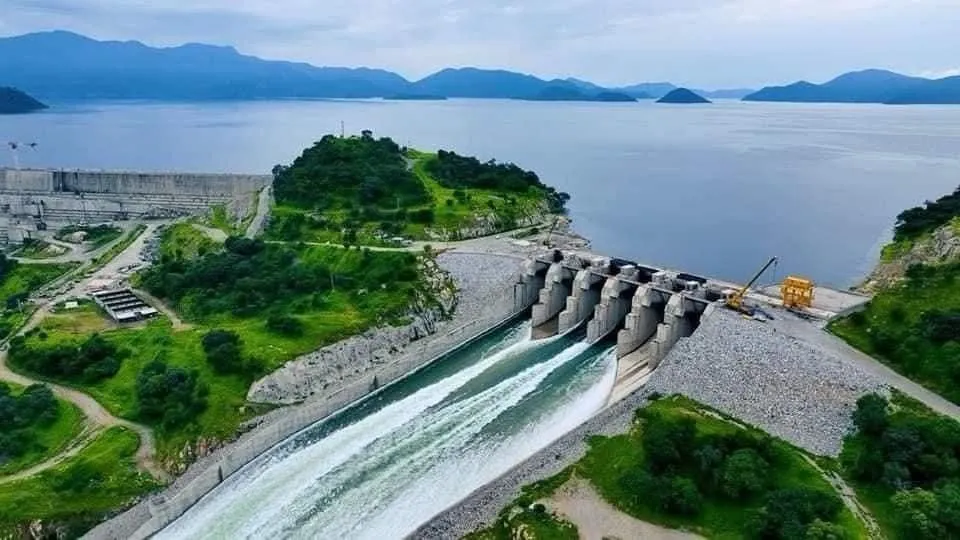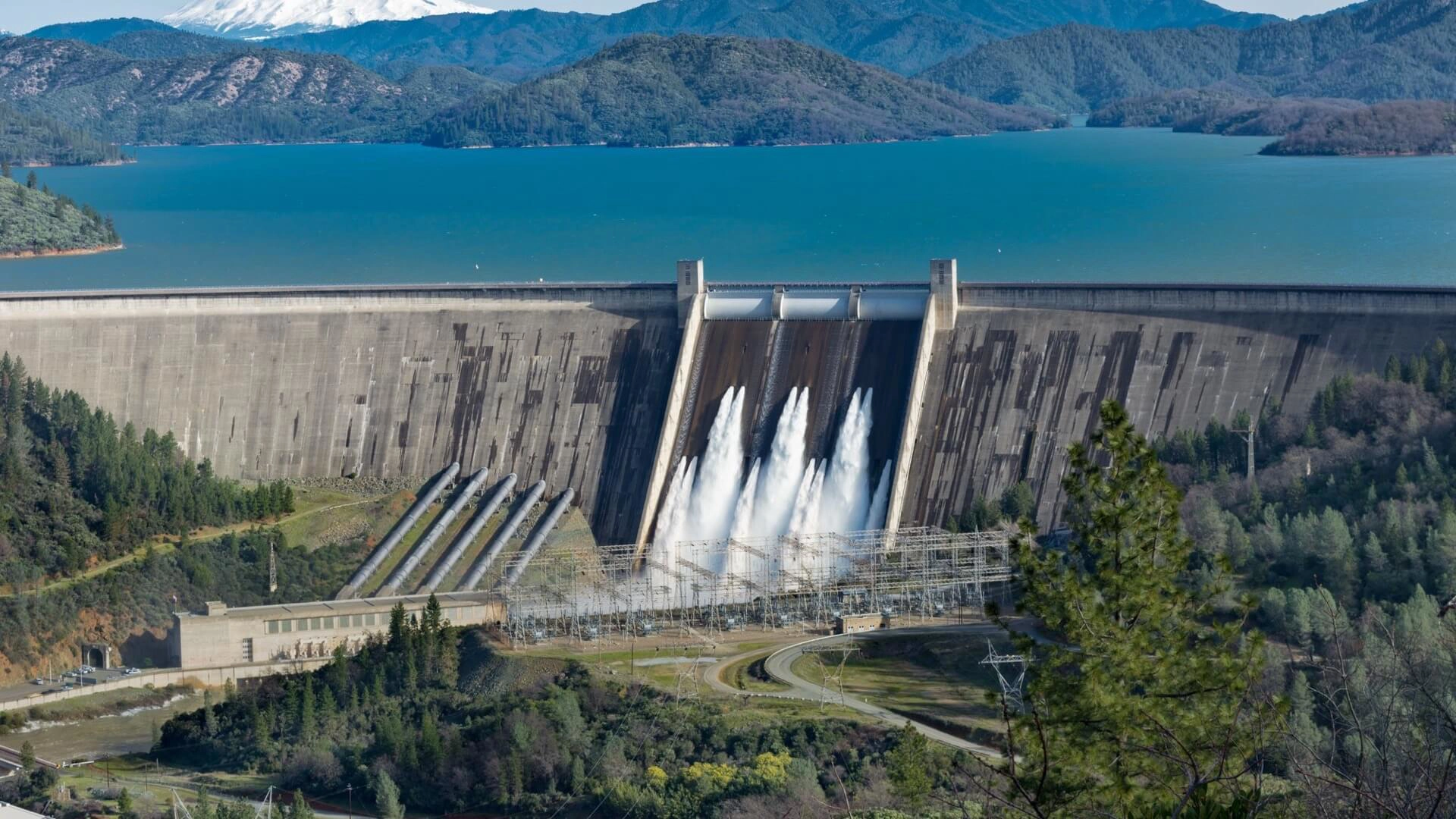Ethiopia has inaugurated the Grand Ethiopian Renaissance Dam (GERD), Africa’s largest hydropower project, marking a turning point in both the continent’s energy ambitions and the geopolitics of the Nile River. The $5 billion mega-dam, built on the Blue Nile near the Sudanese border, has begun generating electricity and is set to become the backbone of Ethiopia’s power supply.
But as Ethiopia celebrates what it calls a symbol of sovereignty and progress, downstream nations especially Egypt see it as an existential threat. The dam is not just an engineering marvel; it is a political, economic, and environmental game-changer whose impacts will reverberate across Africa for decades.
A New Energy Giant in Africa
Standing more than 100 meters tall and stretching nearly two kilometers wide, the GERD is designed to generate 5,150 megawatts (MW) of electricity. When fully operational, it is expected to produce over 15,000 gigawatt-hours annually, enough to power millions of homes and industries.
For Ethiopia, where more than half the population lacks access to electricity, the project represents a historic leap forward. Officials argue that the dam will:
- Expand domestic electrification.
- Power industrialization in cities and rural towns.
- Provide surplus electricity for export to neighbors such as Kenya, Sudan, and Djibouti.
This positions Ethiopia as a potential regional energy hub, with the capacity to stabilize power supply across the Horn of Africa.
Why Egypt and Sudan Are Worried
The promise of electricity for Ethiopia is mirrored by fear of water insecurity in Egypt and Sudan.
- Egypt depends on the Nile for over 90% of its freshwater needs. Any reduction in water flow threatens agriculture, drinking water, and the livelihoods of over 100 million people. Cairo insists that the dam should only operate under a legally binding agreement to guarantee predictable water releases. Without it, Egypt fears severe drought could devastate its fields and trigger water shortages.
- Sudan has mixed concerns. On one hand, the GERD could help regulate floods and provide cheaper electricity. On the other, it fears that mismanagement or sudden releases could endanger its dams and irrigation systems. Sudan’s political instability has made its stance less consistent, often swinging between support for Ethiopia and solidarity with Egypt.
This tug-of-war has turned the GERD into one of Africa’s most contested water projects, with negotiations dragging on for more than a decade under the African Union and intermittent international mediation.
A Question of Sovereignty vs. Survival
For Ethiopia, the GERD is more than a power station; it is a national project of pride and sovereignty. Construction began in 2011 and was largely financed domestically through government bonds, public contributions, and central bank support. Addis Ababa frames the dam as a declaration of independence from foreign influence.
For Egypt, however, the issue is framed in existential terms. Officials warn that unilateral Ethiopian actions like filling the reservoir without agreement violate international law and could destabilize the region. Cairo has already raised the matter with the UN Security Council and insists on international guarantees.
This standoff underscores a deeper conflict: Who controls the Nile?
Historically, colonial-era treaties gave Egypt and Sudan the lion’s share of the river’s waters while excluding upstream nations. Ethiopia’s dam now challenges that hierarchy by asserting upstream rights over the Blue Nile, which provides the majority of the Nile’s flow.
Climate Change Adds More Pressure
The GERD dispute is unfolding in an era of increasing climate uncertainty. Both droughts and floods are becoming more extreme in the Nile Basin. This magnifies the stakes:
- During droughts, water stored in GERD could reduce downstream flow at critical times.
- During heavy rains, the dam could prevent destructive floods, benefiting Sudan in particular.
Experts argue that the real solution lies in data sharing and transparent cooperation. Joint monitoring, real-time flow information, and agreed protocols for emergencies could transform the dam from a source of conflict into a platform for regional resilience against climate change.
Opportunities for Regional Cooperation
Despite political tension, the GERD offers Africa a unique opportunity for collaboration:
- Regional Power Trade – Ethiopia could export surplus electricity, helping neighbors reduce reliance on fossil fuels and expand renewable energy integration.
- Shared Water Management – Coordinated use of the dam could improve irrigation efficiency, stabilize flows, and increase food security across the basin.
- Economic Integration – With power purchase agreements, new transmission lines, and shared grids, the Nile Basin could become a model of cross-border cooperation.
However, this will only happen if the countries involved move past zero-sum politics and embrace shared prosperity.
Also read: Ethiopia Launches Africa’s Largest Hydropower Dam, Straining Ties with Egypt
FAQs on Ethiopia’s Grand Nile Dam
1. What is the Grand Ethiopian Renaissance Dam (GERD)?
It is Africa’s largest hydropower project, built on the Blue Nile in Ethiopia, with a capacity of 5,150 MW.
2. Why is Egypt opposed to the dam?
Egypt fears reduced water flows during droughts or mismanagement, since the Nile supplies over 90% of its freshwater.
3. What are the benefits of the dam for Ethiopia?
It will expand electricity access domestically, drive industrialization, and generate surplus electricity for export.
4. How does climate change affect the dispute?
Climate variability makes water flows less predictable. Without cooperation, droughts could cause major shortages downstream.
5. Can the dam benefit Sudan?
Yes. If managed well, GERD could regulate floods, provide stable water flow, and supply cheap electricity.
6. Has there been an agreement among the countries?
No binding agreement has been reached despite years of negotiations mediated by the African Union and international players.
7. Is GERD only about energy?
No. It also symbolizes sovereignty for Ethiopia, survival for Egypt, and regional power dynamics for the Horn of Africa.


